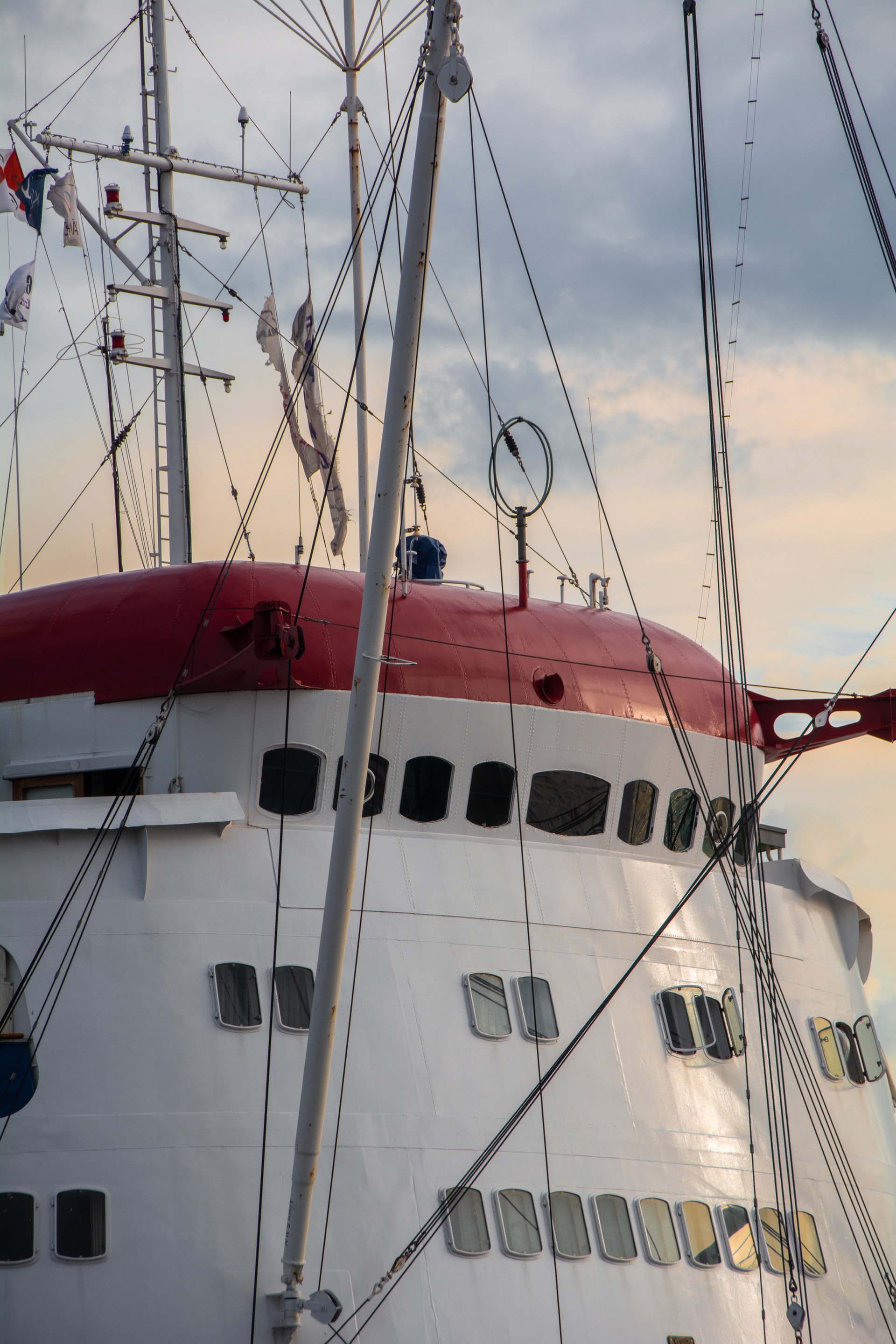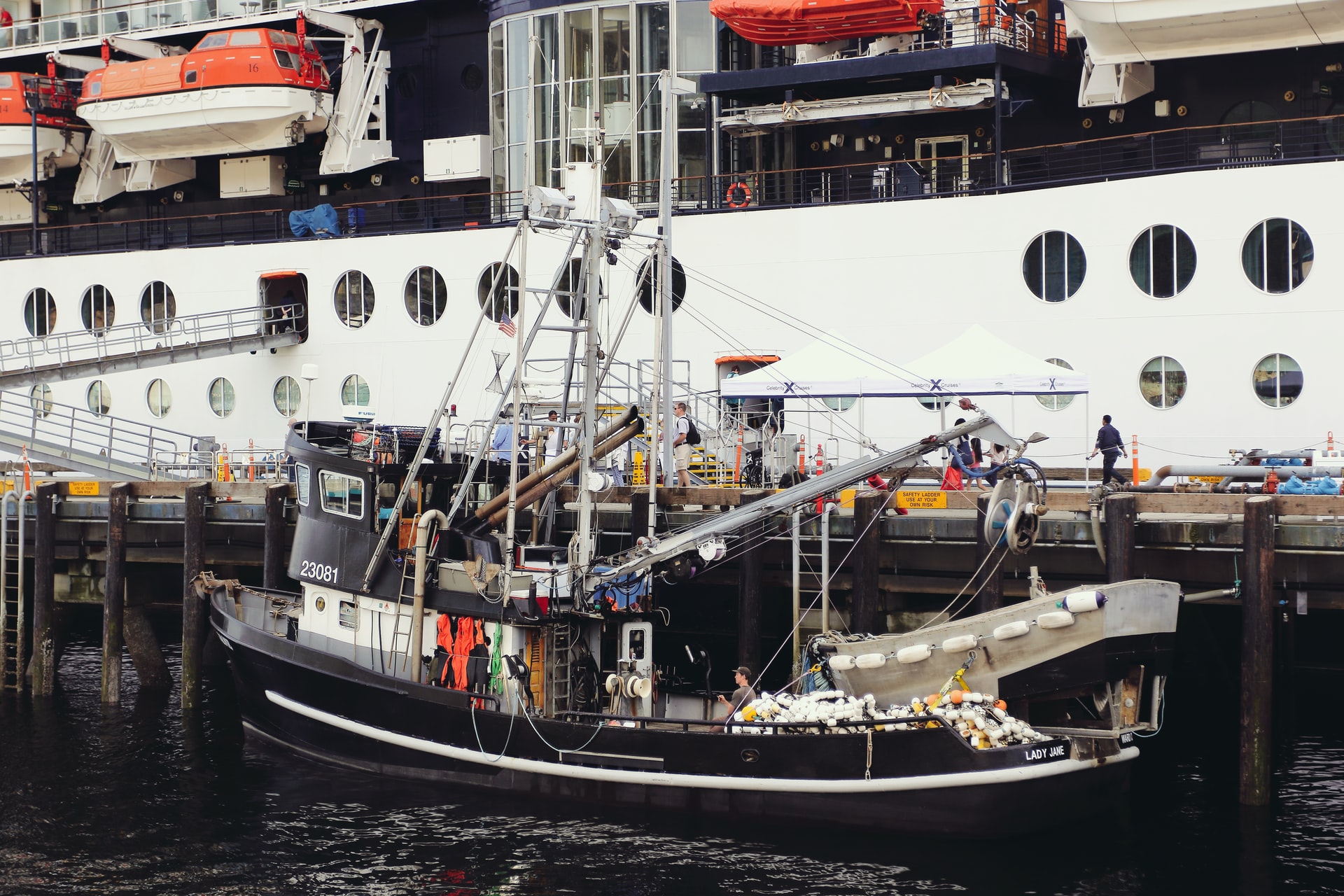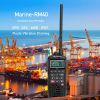Why choose the FRP antenna on board

When building a radio communication system on board, multiple antennas, such as satellite receiving antenna, GPS positioning antenna and VHF marine radio antenna are needed. Most of these antennas are all omnidirectional FRP antennas. Why to use them and what characteristics they have, I will talk to you today about this omnidirectional FRP antenna.
First, what is omnidirectional antenna, and the vertical angle is also said.
The omnidirectional antenna commonly used in the construction of radio antenna feeder system refers to: antenna with horizontal radiation angle of 360 degrees, vertical antenna is sector-shaped, with an angle of about 6-15 degrees. The higher the gain, the smaller the vertical angle is. For example, 9dB antenna can achieve a radiation angle of about 14 degrees, while glass fiber reinforced plastic antenna can achieve about 8 degrees is the limit, because of the small vertical angle, FRP antenna is widely used in the wireless coverage of open sea and plain areas. It can transmit the transmitting signal to a far place and obtain a larger communication distance when it is raised higher than the mast of the ship.

Secondly, why FRP antenna is not suitable for indoor use, but suitable for outdoor space such as ships.
It may be noticed that most antennas are labeled 2dB, 5dB and 7d, and rarely see indoor antennas with 9dB or better gain. According to our general thinking, indoor use, 7dB antenna has fully met the requirements. For antennas with more than 7dB, due to the smaller angle, it is impossible to play an advantage, and indoor use may be counterproductive. Therefore, it is suggested that omnidirectional antenna with more than 9dB be used outdoors. As for others, it is said that indoor use of wall penetrating effect is good, which cannot be verified and should not be too trusted. And it is the material of FRP antenna, which will not be easily corroded by rain, and it is also very tough. Therefore, the environment of the maritime interphone determines that it must use FRP antenna.
If you want to know more about VHF Marine Radio, please contact us any time: Retevis Marine Radio (@RetevisMarine) / Twitter.






